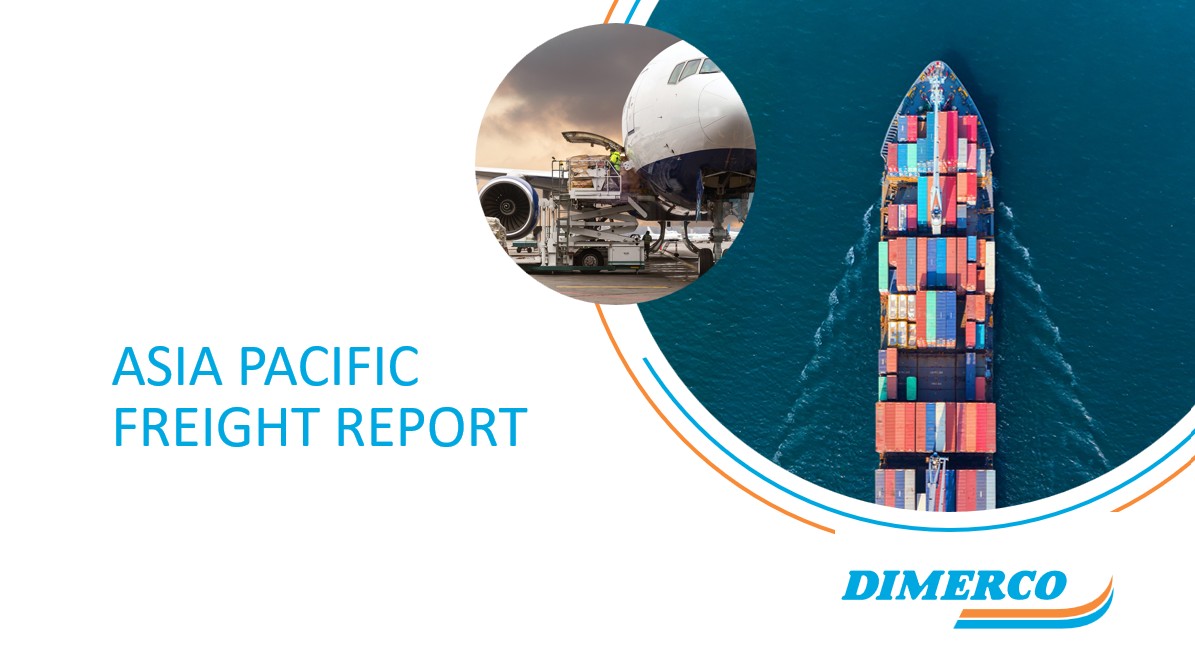Global Outlook
- Rising US and global tariffs continues to create uncertainty in trade, leading many companies to frontload shipments, raise prices, and adjust supply chains. US import volumes are expected to drop by 5.6% in 2025, with containerized imports from September to December projected to fall 19–21% compared to last year.
- To cope, businesses are rethinking sourcing, closely watching policy changes, and building flexibility into their supply chains. With more tariff talks underway, shipping volumes and global trade patterns could see further shifts in the months ahead.
Air Outlook
- The traditional peak season for air freight begins in September, with stronger export flows anticipated from Southeast Asia, particularly Vietnam, Thailand, and Malaysia, into the US, surpassing volumes from China. Airlines are already preparing additional capacity to meet this growth, driven largely by AI servers, consumer electronics, and other high-tech products on Transpacific Eastbound (TPEB) routes.
Ocean Freight Outlook
- Geopolitical tensions are reshaping shipping, with CMA CGM’s $23 billion port asset bid, Panama’s contract revocations, and sanctions forcing SeaLead Shipping to cancel 16 charters. While major carriers reroute around conflict zones, smaller regional lines are seizing opportunities via the Suez Canal.
- Container rate gains were short-lived. Spot prices fell 3% to about USD 2,350 per 40-foot container, with Intra-Asia rates down 9% in the first half of 2025. Global port activity rose modestly, led by the Middle East and South Asia, but North American volumes, especially on the US West Coast, remain weak as tariffs shift flows. To manage excess capacity, carriers canceled about 7% of sailings, with transpacific routes hardest hit. Despite a temporary tariff truce, overcapacity and soft demand continue to weigh on the market.
We’re seeing major shipping lines adjust their networks as demand and trade patterns keep shifting. For instance, MSC has trimmed about 12% of weekly capacity on its Asia–US East Coast service and restructured its Round-the-World routes into two transatlantic loops to make better use of vessels. On the financial side, Q2 has been tough for the carriers as profitability is down. With lower volumes out of China plus a softer peak season, most carriers are taking a very cautious outlook for long-haul markets.
Regional Outlook
- China: Cargo airports including PEK, PVG, CGO face restrictions Aug 20–Sep 5. Export cargo requiring 24h cool storage may not be accepted. Advance planning is advised.
- South Korea: US bookings should be made 1 week in advance. Tightening lanes to Singapore and Penang due to machinery cargo.
- Southeast Asia: Space to the US is tightening, especially from Vietnam and Thailand.
- Mexico: Tropical storms causing delays at Manzanillo ports. Customs inspections taking up to 15 hours.
Download Report

If you would like to download the full PDF report, just complete the form.
With the rising demand and potential tight capacity, Shanghai Pudong (PVG) airport is timely equipped with their direct transfer service. This service allows cargo to connect between different airlines within the PVG terminal without using bonded ‘U-turn’ facilities. It adds much-needed capacity during the peak season and help ease pressure at origins such as Hanoi, Ho Chi Minh City, Bangkok, and Penang for US and European lanes.
VP, Global Sales and Marketing, Dimerco Express Group